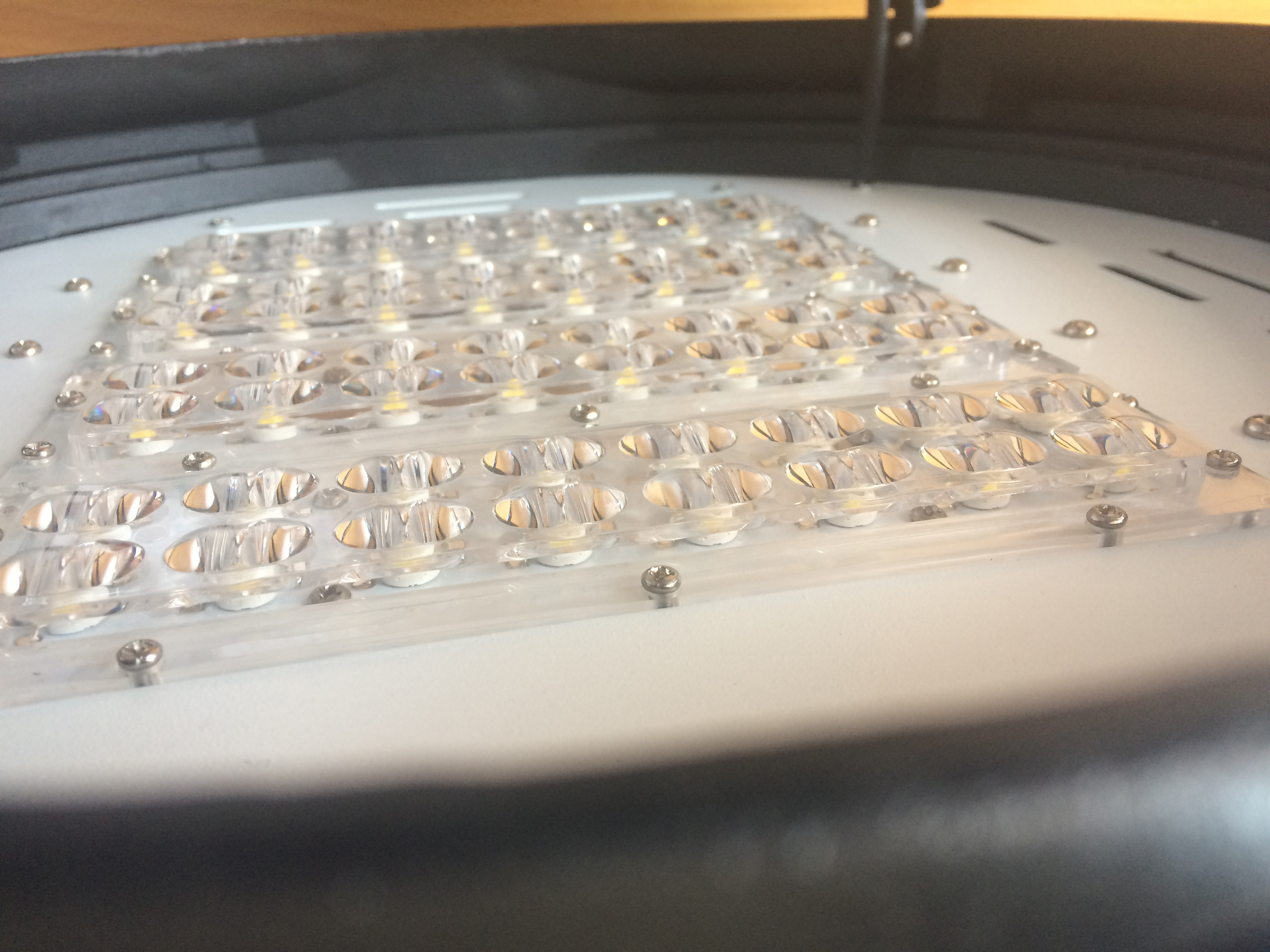

time:2021-08-18 Views:25
When 2013 was about to pass, the entrepreneurs who rushed into the LED lighting (semiconductor lighting) industry at the beginning of the year found that although there were a lot of orders, the profits were not as big as imagined.
A few days ago, the LED industry independent research organization Gaogong LED held its annual meeting in Guangzhou. The latest survey data released by Zhang Xiaofei, the president of the organization, showed that in the first three quarters of this year, the total output value of the LED industry was 263.8 billion yuan, a year-on-year increase of 28%. Revenue growth, but net profit did not grow at the same time.
Zhang Xiaofei believes that with the rapid warming of the industry at the beginning of the year, new entrants increased sharply, leading to the fierce price war in the industry, and many companies were losing money and making money. In the next 5 years, the industry will face a major reshuffle.
Price war runs through the entire industry chain
In the past two years, the LED industry has experienced severe overcapacity and frequent closures. At the beginning of this year, as the LED lighting market opened up, the entire industry chain was thriving. Despite the sudden increase in orders, fierce price wars run through the entire industry chain.

Tongfang shares (9.54, 0.02, 0.21%), which is engaged in upstream chip production, feel the obvious price competition. "It can be said that chip manufacturers have brought opportunities for rapid development of the entire LED industry because we are constantly engaged in price competition." Wang Lianghai, vice president of Tongfang shares, smiled bitterly. In 2013, domestic chip manufacturers reduced chip prices to 20% to the past 20%. Between 30%, "This data can only be completed by Chinese companies."
Wang Lianghai believes that the price war will continue for at least two years, but the price is basically stable, and there is not much room for price reduction in the future, because the chip is unlikely to reduce costs. "In the future, we will enter an era of product performance competition. For the same price, it depends on whose product performance is better."
For midstream packaging manufacturers, despite the rapid launch of the downstream LED lighting market this year and huge orders, the price competition among peers is still very fierce. "Downstream manufacturers don't have much loyalty, so there are many things that make a fuss about the price and grab customers." A packaging manufacturer told a reporter from the Securities Times.
Downstream LED lighting applications are also fiercely competitive. Due to the government’s task of energy conservation and emission reduction and the launch of overseas markets, especially the European indoor lighting market, domestic LED lighting manufacturers have reached fierce competition in the field of engineering lighting and indoor lighting. At the same time, due to the low technical threshold, some "layman" companies have also entered this In the market, new entrants often seize the market with low-price strategies.
In addition to the price war, the downstream sector has also launched a battle for dealer resources. Guan Yong, general manager of Sunshine Lighting (12.93, 0.13, 1.02%), has a deep understanding of this. He analyzed that in addition to upstream and downstream cooperation and self-built channels, more domestic lighting companies are currently undergoing vertical integration of supply chains, and many upstream Manufacturers (manufacturers that provide light source devices) directly enter the downstream channels.
The future market space is still very large
Although the LED business executives attending the meeting almost unanimously said that the industry will increase revenue but not profit, and are hesitant about the layout of the next year, but they almost agreed that the future market space is still very large, and it depends on who can make it to the end. , "The leftover is king."
The optimism of industry insiders comes from the support of the "Incandescent Lamp Exit Roadmap". In the past few years, countries and regions such as Japan, the European Union, the United States, and China have successively launched the "Incandescent Lamp Exit Roadmap", stipulating that high-energy-consuming incandescent lamps should be eliminated in the next few years and encouraging the replacement of low-polluting LED lamps. This year happens to be the last year of the EU's "Incandescent Lamp Exit Roadmap", so at the beginning of this year, companies engaged in LED lighting clearly felt that orders from the European market were flooding.
Guan Yong believes that there is no room for the Japanese market, and the European market has entered fierce competition this year. The biggest opportunity in the next year or two depends on the US market, because the US will eliminate 40 to 60 watt incandescent lamps next year. The Chinese market may be a little further away, because the Chinese version of the "Incandescent Lamp Exit Roadmap" also allows incandescent lamps to survive for several years. "From this we can predict which year the next LED industry peak will be."
However, with fierce market competition, some companies may not be able to wait for the next industry peak. According to the data released by Gaogong LED, there are currently close to 20,000 companies engaged in LED in China. Zhang Xiaofei p